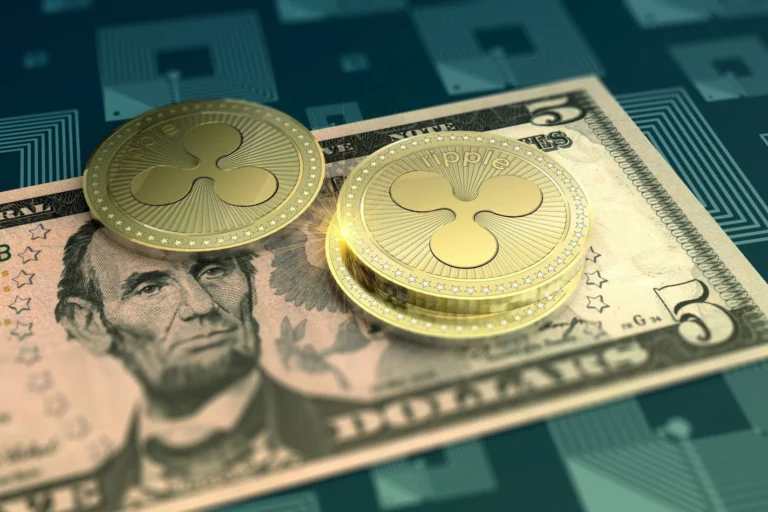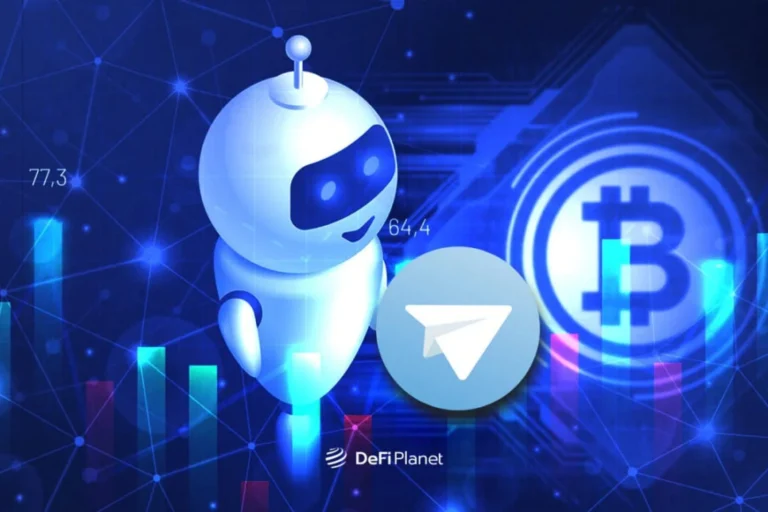
In a world where markets breathe in volatility and exhale uncertainty, one stablecoin struts around like royalty: USDT. But beneath the crown and cape, a burning question echoes louder with every trade — is USDT safe and regulated, or are we just all dancing in a digital illusion?
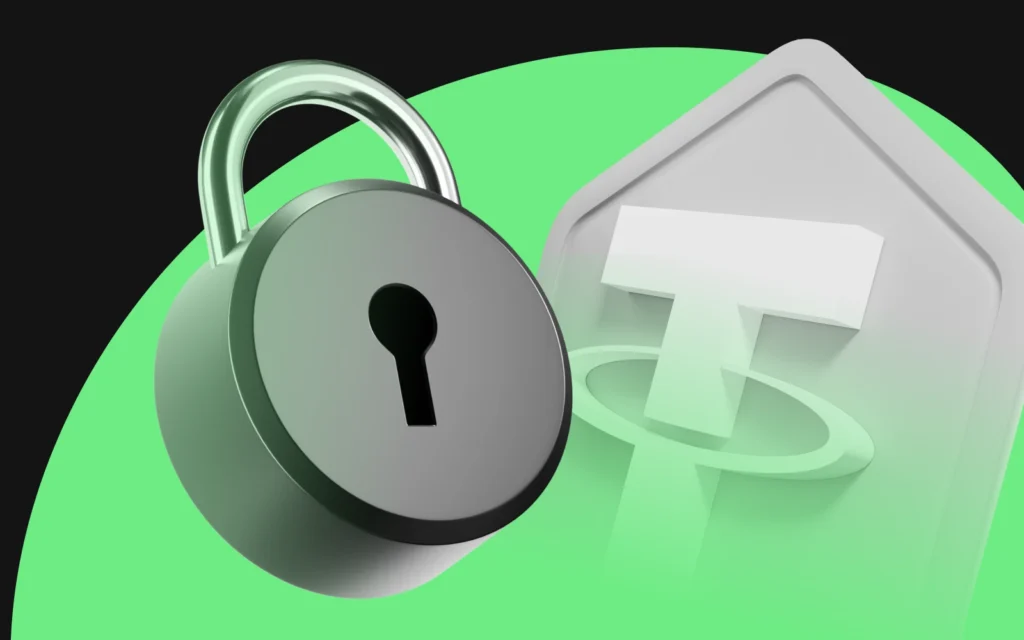
Decoding the Myth: Is USDT Safe and Regulated, or Just Dressed for the Role?
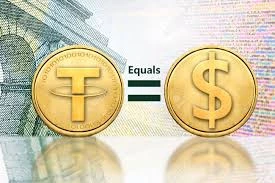
Let’s start with what they want you to believe: USDT, issued by Tether, is supposedly the fortress of stability in the wild jungle of cryptocurrency. Each token, they say, is backed 1:1 by U.S. dollars or equivalent assets. On paper, that sounds like a dream. But wait — scratch the surface, and the cracks begin to whisper.
He, the figure behind Tether, has always insisted that transparency is their north star. They’ve even released reserve attestations, flaunting snapshots of assets that supposedly support every circulating USDT. But let’s not pop the champagne yet — these are not full audits. Think of it as getting a selfie instead of an X-ray. Pretty? Sure. Informative? Not quite.
Worse still, regulators haven’t been clapping. In 2021, Tether was slapped with a $41 million fine by the CFTC for fibbing about its backing. Shocking? Not entirely. Over two years, USDT was allegedly only properly backed 27% of the time. That’s not a crack — that’s a chasm. So again, is USDT safe and regulated, or just a show with really good lighting?
Regulation Nation: Is USDT Safe and Regulated Under Global Watchdogs?

Now let’s talk oversight. Because when money moves this fast — and this much — somebody has to watch. From New York’s financial district to Asia’s bustling crypto hubs, regulators are finally pulling out the binoculars.
And they’re not smiling.
Tether, for all its efforts, has become a favorite topic in global financial boardrooms. Why? Because when $17 billion in shady transactions allegedly slither through USDT, alarm bells ring loud. The question isn’t if USDT needs tighter scrutiny — it’s why it took so long.
To be fair, they’ve cleaned up — a little. Tether claims to now cooperate with over 200 enforcement agencies. And yes, they’ve promised a full audit from a Big Four firm. But crypto veterans have heard that song before, and the encore never seems to arrive. Until that curtain rises, is USDT safe and regulated or just surfing on speculative faith?
A Pillar or a Powder Keg? Why USDT’s Stability Matters More Than Ever
Let’s not kid ourselves. USDT isn’t some niche experiment. It’s the financial bloodstream of the crypto universe. From centralized exchanges to DeFi protocols and even cross-border transfers, everyone’s tapping into Tether’s supposed stability. It’s used for hedging, lending, staking, and even saving.
But here’s the twist: when a coin this big carries question marks, the ripple effects become tidal waves. One sharp regulatory jab or a sudden credibility collapse could send shockwaves through the entire crypto market. NFTs, DAOs, altcoins — all could tumble if USDT wobbles.
On the flip side, if Tether delivers a verified audit and aligns fully with global regulations, it could redefine what a “trusted” stablecoin really means. Until then, one question keeps pounding: is USDT safe and regulated — or just dressed to impress?
Final Thought: The Glittering Mirage or the Golden Standard?
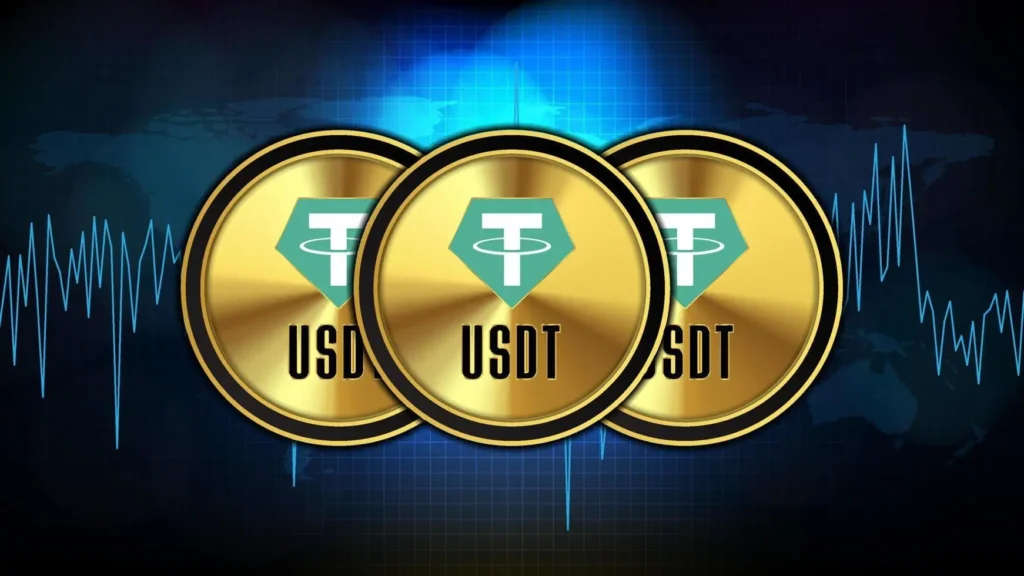
From a distance, USDT shines. He talks compliance. They share reports. Traders flock. But in a space where billions hinge on perception, clarity isn’t a luxury — it’s a necessity. Is USDT safe and regulated? That depends on whether one trusts the words, the numbers, or the law.
So before diving in, investors must weigh not just the hype, but the facts. Because in the crypto kingdom, even kings can fall — and when they do, they don’t fall alone.
Relevant News : Here

